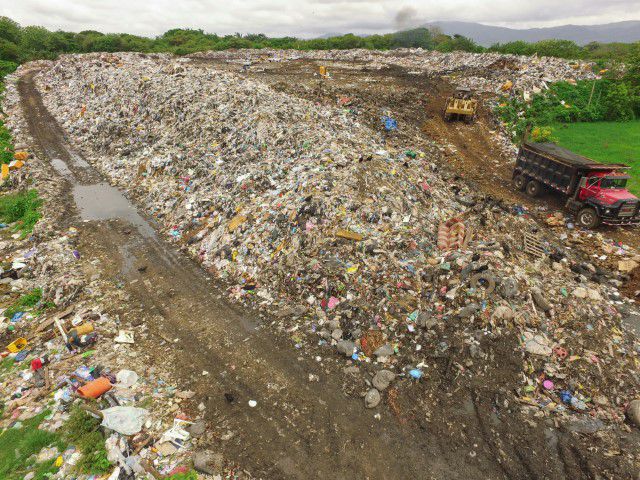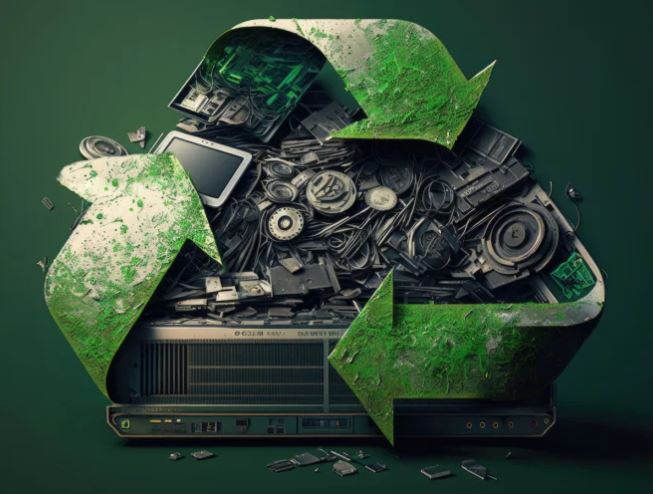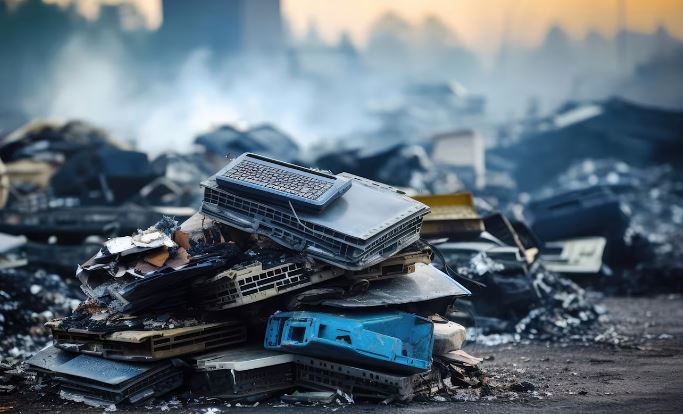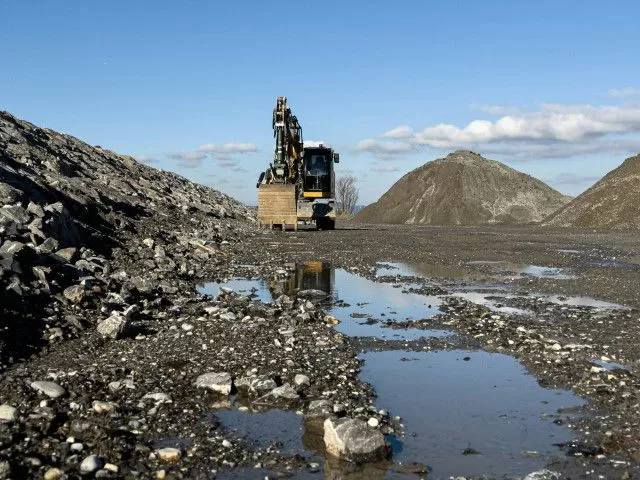
When we think of garbage dumps, we typically imagine mountains of waste, emitting foul odors and posing environmental hazards. However, a growing movement is challenging this perception by viewing these vast repositories of discarded materials as potential “urban mines.” The concept of urban mining involves extracting valuable resources from waste, offering a promising approach to both resource scarcity and environmental sustainability. As America’s trash piles up, the idea of garbage dumps as urban mines could become a vital part of our future resource strategy.
The Riches Hidden in Garbage Dumps
Garbage dumps, or landfills, are more than just the final resting place for household waste – they are also repositories for a wide range of valuable materials. Electronics, for example, contain precious metals like gold, silver, platinum, and copper. These metals are used in small quantities in devices such as smartphones, computers, and televisions. When discarded, these devices are often thrown away with little thought to the valuable components inside them.

In addition to electronics, landfills also contain significant amounts of recyclable materials such as aluminum, steel, and plastics. These materials can be recovered and reintroduced into the production cycle, reducing the need for virgin resources. Furthermore, organic waste decomposing in landfills generates methane, a potent greenhouse gas, but one that can be captured and used as a source of energy.
The Process of Urban Mining
Urban mining is the process of reclaiming these valuable materials from landfills. It involves several steps, including the identification of valuable waste streams, the extraction of materials, and their subsequent processing and recycling. Advanced technologies are making this process more efficient and economically viable.
For example, metal extraction from electronic waste, also known as e-waste, can be done through various methods, including chemical leaching, pyrolysis, and mechanical separation. These processes can recover metals at a fraction of the cost and environmental impact of traditional mining. Additionally, innovations in sorting technologies, such as advanced robotics and AI, are improving the efficiency of recovering recyclable materials like plastics and metals from mixed waste streams.
Economic and Environmental Benefits
Urban mining presents several compelling benefits, both economically and environmentally. Economically, it offers a new revenue stream by tapping into the valuable resources that are currently buried in landfills. As raw materials become scarcer and more expensive, urban mining could provide a cost-effective alternative to traditional mining.

Environmentally, urban mining can significantly reduce the negative impacts associated with waste disposal. By recovering materials from landfills, we can reduce the need for new landfills, minimize environmental contamination, and decrease greenhouse gas emissions. Moreover, urban mining supports the circular economy by keeping materials in use longer, reducing the demand for new resources, and lowering the overall environmental footprint of production and consumption.
Challenges and Future Prospects
While the potential of urban mining is vast, it is not without challenges. The process of extracting valuable materials from garbage dumps can be complex and costly, especially when dealing with mixed waste streams. Additionally, the technology required for efficient urban mining is still developing, and there is a need for greater investment in research and infrastructure.
Moreover, regulatory and logistical issues can also pose barriers. Effective urban mining requires coordinated efforts across various sectors, including waste management, recycling, and manufacturing, as well as supportive government policies to incentivize and facilitate the recovery of resources from waste.
Despite these challenges, the future of urban mining looks promising. As technology advances and the demand for sustainable resource management grows, urban mining could play an increasingly important role in meeting America’s resource needs. By rethinking garbage dumps as urban mines, we can transform waste from a problem into a solution, contributing to both economic resilience and environmental sustainability.
Conclusion
Garbage dumps, long seen as symbols of waste and environmental degradation, hold untapped potential as urban mines. By recovering valuable resources from America’s trash, urban mining offers a way to address resource scarcity, reduce environmental impact, and create economic opportunities. While challenges remain, the concept of urban mining is gaining momentum and could be a key strategy in the sustainable management of resources in the future.
Sources

Peter Lars has long been an advocate for reusing and recycling whenever you can. He has a passion for writing about every related to landfills and garbage dumps, and unlikely as that may seem.
Landfill Art: How Artists are Turning Trash into Creative Masterpieces
In a world where waste is often viewed as nothing…
Plastic Perils: How Single-Use Plastics are Filling Up America’s Landfills
Single-use plastics, those convenient yet disposable items like straws, bags,…
The History of Landfills in America: How Waste Management Evolved Over the Decades
The history of landfills in America is a fascinating journey…
The Circular Economy: Can It Solve America’s Landfill Problem?
As America grapples with its mounting landfill crisis, the concept…
Landfill Legacy: The Environmental Justice Issues Surrounding Waste Disposal in America
In the United States, the legacy of landfills is more…
The Role of Landfills in Climate Change: What Americans Need to Know
When we think about climate change, images of smokestacks, deforestation,…






